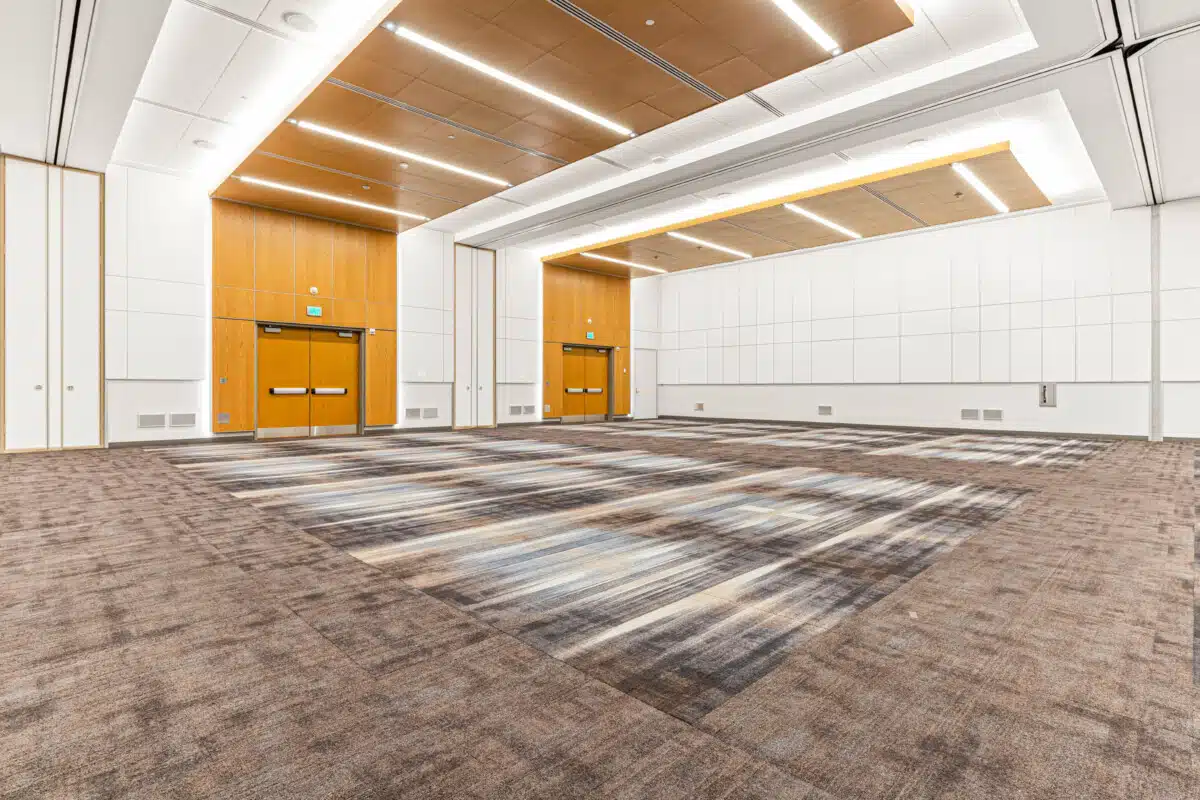From Renovation Disaster To Dream Home: The House Therapist Approach

Table of Contents
Identifying the Root Causes of Renovation Disasters
Renovation nightmares often stem from predictable problems. Understanding these common pitfalls is the first step towards preventing them.
Unrealistic Budgets and Expectations
One of the most frequent causes of renovation disasters is unrealistic budgeting and expectations. Many homeowners underestimate the true cost of a project.
- Underestimating material costs: Fluctuating material prices and unforeseen needs easily inflate budgets.
- Unforeseen complications: Hidden problems like plumbing issues or structural damage can significantly increase expenses.
- Lack of contingency planning: Not including a buffer for unexpected costs is a recipe for financial stress.
- Unrealistic timelines: Expecting a project to finish faster than realistically possible leads to rushed work and potential compromises.
Thorough budgeting is crucial. Obtain professional cost estimations from multiple contractors, and always include a contingency fund (at least 10-15% of the total budget) to absorb unforeseen expenses. Realistic timelines, factoring in potential delays, are equally important.
Poor Communication and Coordination
Effective communication is the cornerstone of a successful renovation. Breakdown in communication often leads to conflict and delays.
- Conflicts between homeowner and contractor: Disagreements on design choices, timelines, or payment schedules can disrupt the entire process.
- Lack of clear project scope: Ambiguous project descriptions lead to misunderstandings and costly rework.
- Ineffective communication channels: Relying solely on informal communication can lead to missed information and confusion.
- Missing deadlines: Lack of clear expectations and follow-up can result in significant delays.
Clear contracts that specify the scope of work, payment schedules, and timelines are essential. Regular meetings, documented communication (emails, memos), and utilizing project management tools can significantly improve communication and coordination.
Lack of Professional Guidance
Attempting a renovation without sufficient expertise can easily lead to costly mistakes and significant delays.
- Attempting DIY without proper skills: Undertaking tasks beyond your skillset can result in damage, delays, and increased costs.
- Hiring unqualified contractors: Choosing contractors without proper licensing, insurance, or experience can lead to shoddy workmanship and legal issues.
- Neglecting professional design consultations: Lack of professional design input can lead to aesthetic compromises and functional issues.
Seeking expert advice from architects, interior designers, and experienced contractors is invaluable. These professionals bring experience, expertise, and a holistic perspective to the process, significantly reducing the risk of renovation disasters.
The House Therapist Approach: A Holistic Solution
The "House Therapist" approach addresses the emotional and logistical challenges of renovation. It's about creating a structured, supportive environment that fosters success.
Comprehensive Project Planning
Meticulous planning forms the foundation of a successful renovation.
- Detailed scope of work: A clear and comprehensive description of all tasks involved.
- Realistic timeline: A timeline that accounts for potential delays and unforeseen circumstances.
- Comprehensive budget: A detailed budget that includes all anticipated costs, plus a contingency fund.
- Selection of reputable contractors: Thorough vetting of contractors, including checking references and licenses.
- Secured permits: Obtaining all necessary permits before starting the project.
This detailed pre-planning phase minimizes future issues and sets a strong foundation for the entire project. Remember to choose contractors with proven track records and positive reviews.
Effective Communication and Collaboration
Open and consistent communication is key throughout the entire renovation process.
- Regular communication with all parties involved: Maintaining regular contact with contractors, suppliers, and designers.
- Transparent decision-making: Involving all stakeholders in decision-making processes.
- Conflict resolution strategies: Establishing proactive methods for resolving disagreements.
- Proactive problem-solving: Addressing potential issues before they escalate into major problems.
Regular progress meetings, detailed documentation, and a willingness to listen and compromise are all vital components of this collaborative process.
Stress Management and Emotional Wellbeing
Renovations are stressful; acknowledging and managing this stress is crucial.
- Recognizing the emotional toll of renovations: Acknowledging the stress and frustration that renovations can cause.
- Incorporating self-care strategies: Prioritizing self-care activities to reduce stress.
- Seeking support from family and friends: Leaning on a support system during challenging times.
- Maintaining a positive attitude: Focusing on the positive aspects of the renovation project.
Remember to take breaks, practice mindfulness, and celebrate small victories along the way.
Practical Steps to Implement the House Therapist Approach
Let's look at actionable steps to implement the House Therapist approach and avoid common renovation pitfalls.
Choosing the Right Team
Selecting the right team of professionals is paramount for a successful renovation.
- Thorough contractor vetting: Checking licenses, insurance, and references.
- Reviewing portfolios and references: Assessing past projects and client feedback.
- Getting multiple quotes: Comparing prices and services from different contractors.
Thorough due diligence can save you significant time, money, and stress in the long run. Watch out for red flags like contractors who are unwilling to provide references or who pressure you into making quick decisions.
Maintaining Clear Communication Channels
Effective communication is essential for keeping the project on track.
- Regular progress meetings: Scheduling regular meetings to discuss progress, address issues, and make decisions.
- Documented communication (emails, memos): Maintaining a record of all communication to avoid misunderstandings.
- Utilizing project management software: Using software to track progress, manage tasks, and communicate effectively.
- Open dialogue: Maintaining an open and honest communication channel with all parties involved.
Tools like Asana, Trello, or even a simple shared spreadsheet can help maintain organization and clarity.
Celebrating Milestones and Managing Expectations
Maintaining a positive mindset is essential throughout the process.
- Acknowledging progress: Celebrating small victories and milestones to maintain motivation.
- Readjusting plans as needed: Adapting plans as needed to address unforeseen circumstances.
- Maintaining flexibility: Remaining flexible and adaptable to unexpected challenges.
- Focusing on the positive aspects: Focusing on the positive aspects of the renovation and the end result.
Regularly assess progress and acknowledge the achievements made. Adjusting plans and expectations as needed will reduce stress and maintain a positive outlook.
Conclusion
Transforming a renovation disaster into a dream home is achievable with the right approach. By implementing the "House Therapist" methodology—combining meticulous planning, effective communication, and a focus on emotional wellbeing—you can navigate the complexities of home improvement and achieve your desired outcome. Don't let renovation stress overwhelm you. Embrace the "House Therapist" approach and turn your renovation dreams into a reality. Contact a qualified professional today to begin your journey towards a stress-free and successful home renovation with the help of a House Therapist!

Featured Posts
-
 Netflix Series Reveals Phone Call Leading To Bin Ladens Capture
May 18, 2025
Netflix Series Reveals Phone Call Leading To Bin Ladens Capture
May 18, 2025 -
 Indias Tariff Concession Trumps Cautious Response
May 18, 2025
Indias Tariff Concession Trumps Cautious Response
May 18, 2025 -
 Audience Curses During Ego Nwodims Snl Performance
May 18, 2025
Audience Curses During Ego Nwodims Snl Performance
May 18, 2025 -
 Amanda Bynes A Showbiz Comeback After A 15 Year Hiatus
May 18, 2025
Amanda Bynes A Showbiz Comeback After A 15 Year Hiatus
May 18, 2025 -
 Kanye Wests Super Bowl Snub Taylor Swifts Alleged Involvement
May 18, 2025
Kanye Wests Super Bowl Snub Taylor Swifts Alleged Involvement
May 18, 2025
Latest Posts
-
 Bowen Yangs Alejandro Tattoo Lady Gagas Reaction
May 18, 2025
Bowen Yangs Alejandro Tattoo Lady Gagas Reaction
May 18, 2025 -
 The Wedding Banquet Navigating Love And Tradition In A Gay Relationship
May 18, 2025
The Wedding Banquet Navigating Love And Tradition In A Gay Relationship
May 18, 2025 -
 Bowen Yang And The Fight Against Harmful Conversion Therapy Practices
May 18, 2025
Bowen Yang And The Fight Against Harmful Conversion Therapy Practices
May 18, 2025 -
 Bowen Yang Speaks Out Against The Painful And Detrimental Effects Of Conversion Therapy
May 18, 2025
Bowen Yang Speaks Out Against The Painful And Detrimental Effects Of Conversion Therapy
May 18, 2025 -
 Snl Controversy Bowen Yang Responds To Shane Gillis Firing Claims
May 18, 2025
Snl Controversy Bowen Yang Responds To Shane Gillis Firing Claims
May 18, 2025
